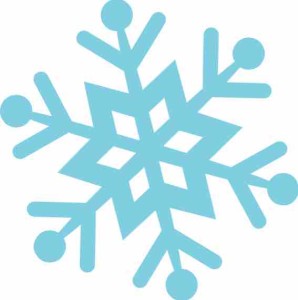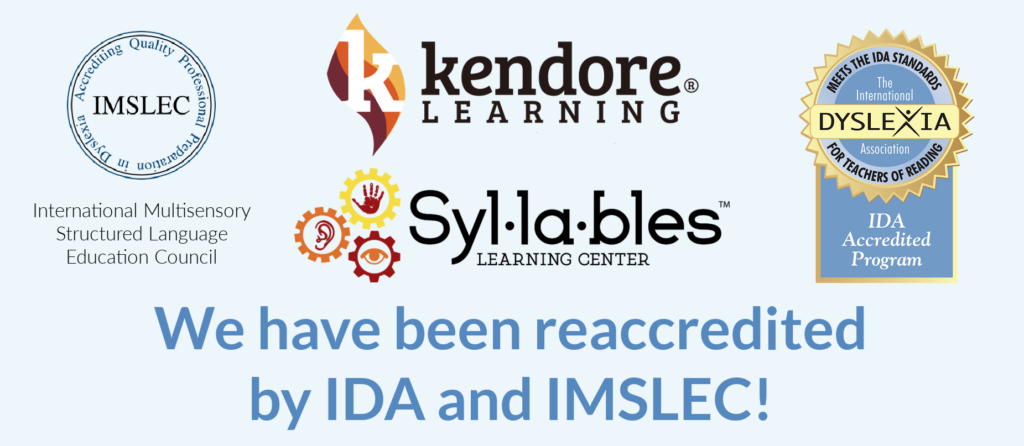In general, high-frequency words are considered to be the most frequently occurring words in text. Students need to be able to recognize these words instantly in order to read fluently!
High-Frequency Word Facts
- Only 100 words account for approximately 50% of the words in print. These words include the, of, to, was, for and if.
- The most frequent 300 words make up 65% of all printed text.
- Students should know the first 300 words by the 3rd grade.
Phonetic vs. Non-Phonetic “Discovery” Words
Many of the most frequent words are completely phonetic, allowing for students to decode their meanings efficiently and with ease. For example, that, with, and not are all phonetic words and can be decoded.
Other high-frequency words cannot be decoded or sounded-out. For example, of, was, and some are non-phonetic words requiring memorization. We call these words “Discovery Words” since we must “keep digging” to discover which part of the word is not saying what we expect.
Some words must temporarily be treated as non-phonetic words requiring memorization until classroom instruction covers the rules they follow. For example, the word have follows the rule that English words should not end in ‘v’; therefore an ‘e’ is added. Most students will have to memorize have before that rule is introduced.
Most high-frequency word lists do not distinguish between phonetic and non-phonetic words. Students are required to memorize hundreds of high-frequency words — even those that follow standard, decodable patterns. This can be overwhelming for any student, but it can be particularly daunting for a struggling reader or a student with dyslexia.
At Syllables and Kendore, we simplify things by dividing high-frequency words into two categories: phonetic and non-phonetic. This dramatically lessens required memorization because students who have learned phonics rules can decode phonetic words efficiently and with ease.
For non-phonetic “Discovery Words,” the color red is associated with memorization so that words can be easily discernable at the time of instruction. Students will come to know that they must memorize words that are written in red. Commonly confused words like ‘saw’ and ‘was’ are not as confusing when students see the phonetic pattern in ‘saw’ and learn ‘was’ as a “Discovery Word.”
Teaching Tools for High-Frequency Word Instruction
The Discovery Dig Card Deck makes high-frequency word instruction fun and memorable! The Discovery Dig features over 100 of the most frequent sight words, explanation and instruction cards, and additional cards you’ll need to play War, Grab, and more. Play your way to reading and spelling success!
With our Discovery Word Book Set, students investigate non-phonetic sight words to figure out where the word has a spelling they have yet to discover. Use this bound book of reproducible masters to reinforce “Discovery Words” — non-phonetic high-frequency words.
Students will enjoy learning about non-phonetic high-frequency words with the Discovery Word Quicksand Kendore Kit. This kit comes with 36 high-frequency words printed on double-sided cards. Choose the non-phonetic word you wish to reinforce, and your student will see, spell, say, and shape the word with red clay.
Use the Discovery Word Wall to display and reinforce the most frequent non-phonetic sight words after you have introduced them. These “Discovery Words” do not follow basic phonics rules, yet students need to have these words orthographically mapped for basic reading and sentence construction!




 The Kendore Kingdom curriculum is designed to benefit all students. Our activities enable teachers to continually assess student progress so that they can help struggling readers while also giving those who catch on quickly the opportunity to delve deeper. We recently received the following question from a Kendore-trained teacher and thought it was worth sharing.
The Kendore Kingdom curriculum is designed to benefit all students. Our activities enable teachers to continually assess student progress so that they can help struggling readers while also giving those who catch on quickly the opportunity to delve deeper. We recently received the following question from a Kendore-trained teacher and thought it was worth sharing.